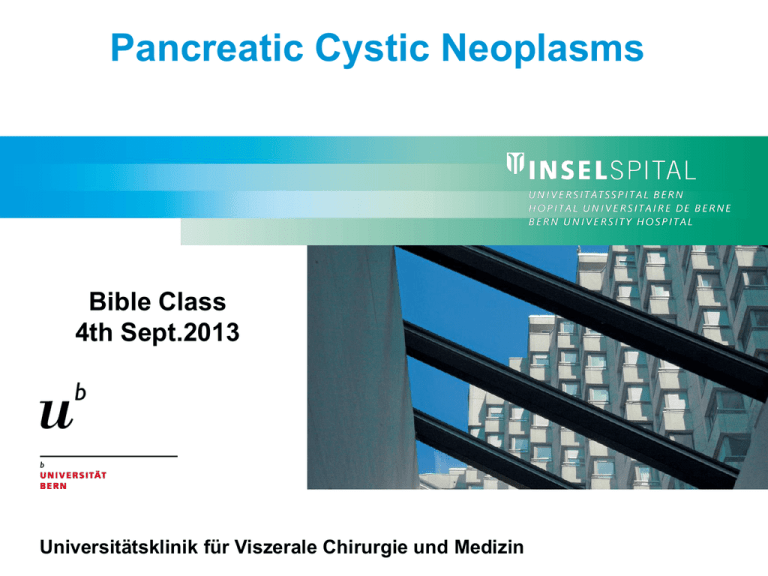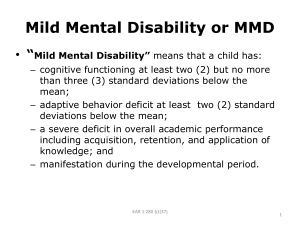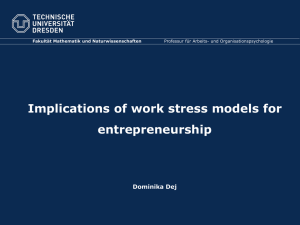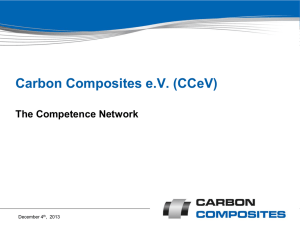Cystic Neoplasms - mucosalimmunology.ch
advertisement

Pancreatic Cystic Neoplasms Bible Class 4th Sept.2013 Universitätsklinik für Viszerale Chirurgie und Medizin What type of pancreatic cysts exist ? Why is this differentiation important ? Acquired Cysts: Post-inflammatory fluid collection Pseudo-,-Pseudocyst Postnecrotic sequestrum Benign Parasitic, Ecchinococcal etc. Congenital Cysts: Cystic Neoplasms: - IPMN: - MCN: True cysts Enterogenous cysts/ duplication Intraductal papillary mucinous neoplasmcysts (Epi)dermoid cysts, Endometriose Mucinous cystic neoplasm Polycystic diseases; Cystic Fibrosis - SCN: Serous cystic adenoma/ neoplasm Risk Malignancy Cystic Neoplasms: - SPN: Solid pseudopapillary neoplasm - CPEN: Cystic pancreatic endocrine neoplasm Universitätsklinik für Viszerale Chirurgie und Medizin / www.chirurgiebern.ch How frequent are neoplastic pancreatic cystic lesions ? Average: 2.5% Age > 70 years: 10-20%* *: MRI in non-pancreatic disease: 20% of 1444 patients; Zhang XM et al. Radiology 2002 Universitätsklinik für Viszerale Chirurgie und Medizin / www.chirurgiebern.ch Key features: Serous Cystic Neoplasm Malignant potential: NO Location: throughout the pancreas Demographics, rate: (older) women (80%), 15-20% of PCNs Morphology: micro-, oligo-, macrocystic typically: multicystic cluster (each < 2 cm) = honeycumbed No communication with pancreatic duct Stroma: (central fibrous and) calcified (stellate scar) Universitätsklinik für Viszerale Chirurgie und Medizin / www.chirurgiebern.ch Key features: IPMN Types: Main-, branch-duct, mixed type Malignant potential: Yes (esp. main/combined duct IPMN) Location: M: head BD: multifocal !! Demographics, rate: Equal m/w, middle-age/old; >25% of PCNs Morphology: Cystic dilatation main (> 6 mm) or side branches; M: Fish-mouth, globules of mucin (= masses) Stroma: Lack of ovarian stroma (vs. MCN) Universitätsklinik für Viszerale Chirurgie und Medizin / www.chirurgiebern.ch Key features: MCN Malignant potential: Yes (but lower than IPMN) Location: Body/tail (95%), always single lesion! Demographics, rate: Middle-aged women (95%), 25% of PCNs Morphology: thick-walled single cyst, often septations Epithelial layer with mucin-producing cells, ovarian-like stroma No communication with pancreatic duct Universitätsklinik für Viszerale Chirurgie und Medizin / www.chirurgiebern.ch Risk of malignancy in pancreatic neoplastic cysts ? What factors determine malignant risk in IPMN/MCN? IPMN: BD-: Size̴ 40% (6-46%) ++ Risk of HGD/ malignancy 1 ++++ ̴ 65% (57-92%) Risk of HGD/ malignancy in 5 y MCN: ++ 6-36% Prevalence malignancy 1 SCN: (+) VERY low (malignant = serous cystadenocarcinoma) SPN: + Low malignant potential 2 CPEN: Variable 2 MD-: 1 Histopathological type 1: Sakorafas GH et al. Surg Oncol. 2011; 2 Sakorafas GH et al. Surg Oncol 2012 Universitätsklinik für Viszerale Chirurgie und Medizin / www.chirurgiebern.ch What are high-risk stigmata for malignancy in IPMN/MCN? Obstructive jaundice (and cystic lesion of the pa-head) Enhancing solid component within cyst Main pancreatic duct > 10 mm in size Consequence? Consider surgery, if clinically appropriate Universitätsklinik für Viszerale Chirurgie und Medizin / www.chirurgiebern.ch If no high-risk stigmata in IPMN/MCN: What are worrisome features ? Clinical: Imaging: Pancreatitis Cyst > 3 cm Thickened/enhancing cyst walls Main duct size 5-9 mm Non-enhancing mural nodule Abrupt change in caliber of pancreatic duct with distal pancreatic atrophy Consequence? Endo-Sonography Universitätsklinik für Viszerale Chirurgie und Medizin / www.chirurgiebern.ch What are the advantages of EUS in diagnostic workup of pancreatic cysts ? Superior, higher-resolution imaging of the pancreas (ductal communication, additional (smaller) cysts, nodules etc.) Fine-needle-aspiration (FNA): sampling fluid for Cytology and tumor markers Universitätsklinik für Viszerale Chirurgie und Medizin / www.chirurgiebern.ch Universitätsklinik für Viszerale Chirurgie und Medizin / www.chirurgiebern.ch What are drawbacks of EUS ? Operator-Dependent Investigation Sampling Error Contamination (gastric wall) Low cellularity -> Low senstivity e.g. SCN only 30-40% enough cells diagnostic accuracy: 10-60% Including high-grade often NON-diagnostic atypical epithelial cells: diagnostic in mucinous cysts diagnostic accuracy: 80% Universitätsklinik für Viszerale Chirurgie und Medizin / www.chirurgiebern.ch What are EUS features leading to consider surgery ? Define mural nodule(s): 3-9 fold risk malignancy Main duct features suspicious for involvement Cytology: suspicious or positive for malignancy Universitätsklinik für Viszerale Chirurgie und Medizin / www.chirurgiebern.ch EUS-FNA: Fluid Analysis in Cysts Typ SCN MCN IPMN SPN Pseudocyst Viscosity Low High High NA Low Mucin Low High High NA Low Amylase < 250 U/L < 250 U/L < 250 U/La Low High Cytology negative mucin- papillary Branching papillae cuboid or cylindric cells, high cellularity, myxoid stroma «dirty material» clusters of or Glyogen-containing cuboid cells containing column cells mucincolumn cells, atypia Universitätsklinik für Viszerale Chirurgie und Medizin / www.chirurgiebern.ch Macrophages, Inflammatory cell CEA in Cyst-Fluid: What for ? Useful ? Mucinous vs. Non-mucinous (serous) Cut-off unclear: e.g. > 800 ng/mL No correlation with risk of malignancy Universitätsklinik für Viszerale Chirurgie und Medizin / www.chirurgiebern.ch How to perform surveillance for BD-IPMN and MCN? < 1 cm: CT/MRI in 2-3 years 1-2 cm: CT/MRI yearly (for 2 years) lengthen interval if no change 2-3 cm: EUS in 3-6 months Lengthen interval, alternating EUS and MRI Consider surgery in young, fit patients (long surveillance) > 3 cm: Close surveillance alternating MRI with EUS every 3-6 months Strongly consider surgery (in young, fit patients) Universitätsklinik für Viszerale Chirurgie und Medizin / www.chirurgiebern.ch Which syndrome associates with multiple/ oligocystic SCN ? Hippel-Lindau-Syndrome Universitätsklinik für Viszerale Chirurgie und Medizin / www.chirurgiebern.ch







